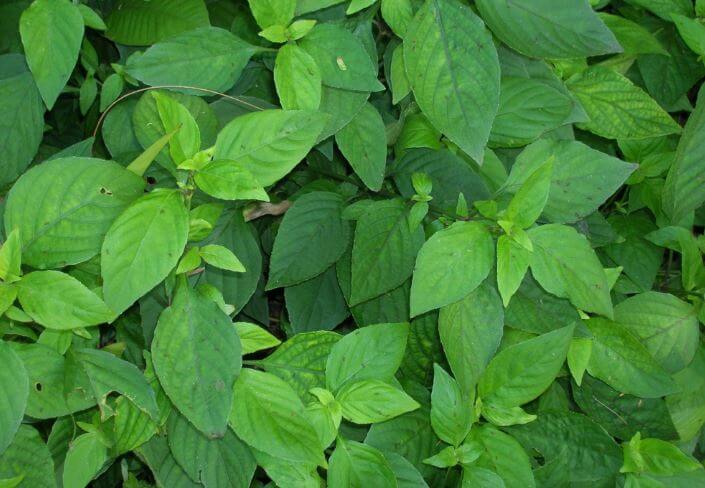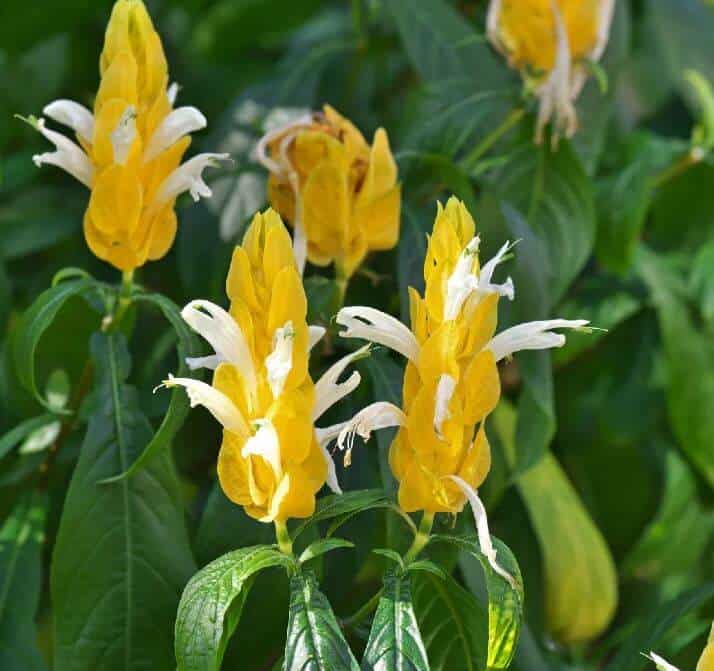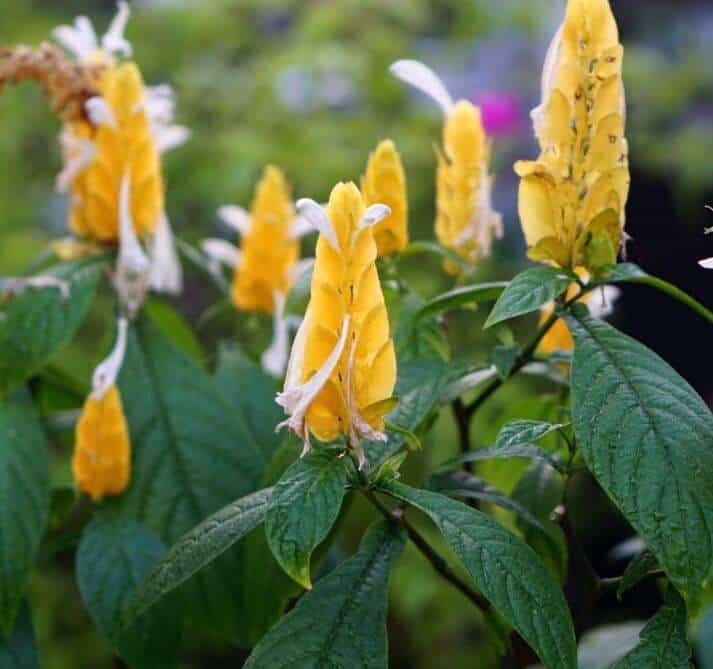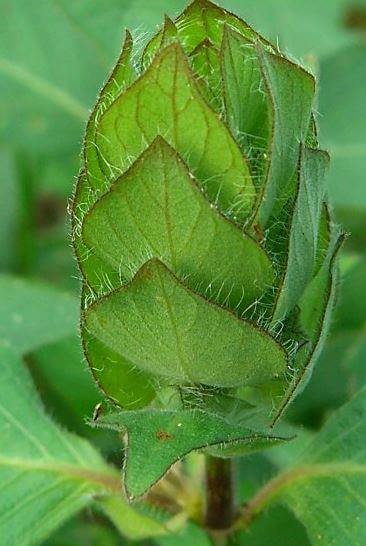Last Updated on September 9, 2023 by a Friendly Gardener
The green shrimp plant is scientifically known as Ruellia blechum or Blechum pyramidatum and is also known as Browne’s Blechum. This plant is mainly native to several parts of Mexico, along with many regions in Central and South America.
This plant has now also become naturalized in Asian and Pacific regions of the world, with many people now primarily using the plant for ornamental purposes.
If you, too, wish to grow this plant at home, you can manage to do so using a few methods. There are also some specific care instructions that you must follow, some of which you can take a look at through the following sections.
Ways to Grow the Green Shrimp Plant

The two main ways in which you can grow the green shrimp plant at home are by sowing seeds or planting stem cuttings into the soil. Note that the process of propagation via seeds might take some extra time, although the results are likely to be similar for both.
There are some essential and key steps involved in this process that you must remember to undertake. If you are using seeds, you can try keeping them in a glass or bowl of water for several hours before sowing them and if you are using stem cuttings, you should first apply some rooting hormone to them.
Once you carry this out, here are the steps you should follow.
- Take the seeds or stem cuttings (leafless) and sow them in a pot full of fresh and rich soil. You can also plant them in garden soil if you want to grow the plant outdoors.
- Cover the seeds or cuttings with a thin layer of soil and moisten this layer up a bit so that you can boost the plant’s growth.
- Place this pot in a bright location in your home, but do not immediately expose it to direct sunlight as this can overwhelm the plant.
- Wait for a couple of weeks to allow the germination process to take place, following which you can maintain the plant as described in the next section.
Green Shrimp Plant Care

The green shrimp plant is typically quite easy for you to maintain and care for, requiring only occasional care. There are, however, some situations in which you might need to be careful, especially since there are times when this plant can become quite unruly if you end up neglecting it for too long.
You can learn more about this plant’s care conditions and specific cautionary contexts below.
Light Conditions
The green shrimp plant can do well in bright light, whether direct or indirect. However, if the sunlight tends to get too harsh with the scorching heat where you live, then it might be better for you to place the plant indoors where the light enters in a filtered and indirect manner.
Provide some shade to the plant in the afternoons as well and ensure that the temperature remains at standard room temperature levels.
Humidity
Ensure that the humidity that you provide to the plant does not exceed a certain level. The plant will already receive enough moisture from the water that you provide to it, not to mention that naturally humid climates can add to this as well.
Even if it gets a bit arid where you live, simply water the plant a bit more instead of opting for a humidifier. You can also mist the leaves a bit.
Soil Requirements
This plant can do well in most kinds of soil, whether it is loamy, sandy, or clay-like. In general, however, it can be better for you to add some moss and perlite to the soil mix you are using so that you can make it better draining.
The soil should also maintain neutrality when it comes to its pH level. Becoming too acidic or alkaline can lead to stunted growth of the plant.
Watering

When it comes to watering the green shrimp plant, carrying this out around once a week should provide enough moisture to the soil. However, there are times when the soil might become dry much quicker or slower, in which case you might need to make certain adjustments to your schedule.
Try not to overwater the plant, as this can lead to rotting and fungal diseases.
Fertilizing
Given that the green shrimp plant can do well in a variety of conditions, you might actually not need to add fertilizer to the soil at all. However, if you find that your plant is not growing as well as it should, you can try adding a bit of mild and diluted fertilizer to the soil right at the start of the growing season.
Potting and Repotting
As long as you make use of a wide and deep pot or container with a drainage hole, you do not need to worry about other aspects of the pot you use. Once the plant becomes too big, however, you might need to find a larger container to repot the plant.
Pruning

According to the Florida Invasive Species Council, the green shrimp plant is invasive and can end up growing too rapidly, resulting in several issues when it comes to the general ecosystem of the region.
Thus, if the plant is not native to your region, you might need to exercise caution in terms of where you grow it. Remember to keep pruning this plant often to keep it small in size.
Managing Pests and Diseases

There are some pests that can affect this plant, such as scales, bugs, insects, and aphids. Mild insecticides, soapy water, or mild natural oils should be enough to get rid of these, although you might also have to repot the plant.
The Bottom Line
The green shrimp plant has small but fuzzy leaves that usually grow around a stem, with the structure closely resembling a shrimp’s body. You must learn to care for this plant in a suitable manner to ensure that it thrives and grows as well as it possibly can.
This can then liven and freshen up the atmosphere in your room and home.

